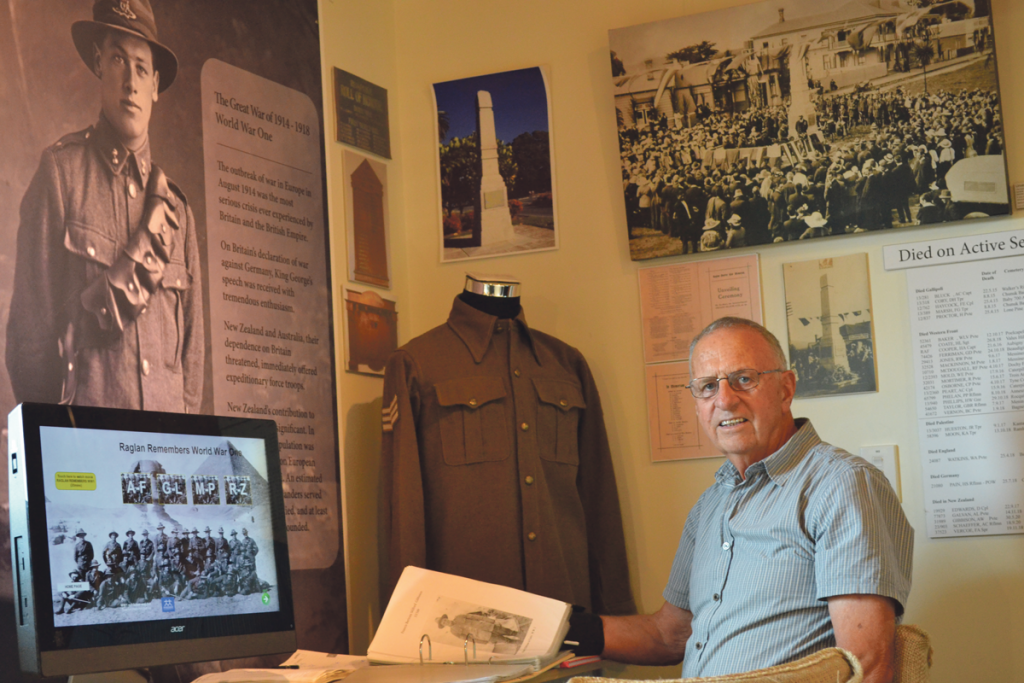A column connecting with senior citizens in our community.
The third Crop Swap Session of the month was just the incentive I needed to get back into my wind swept garden.
I did not think I would find enough to take along for the ‘swap’ but a bunch of rhubarb, a pot of impatience, a punnet of cherry tomatoes and a selection of herbs were soon snaffled up.
I came away with a punnet of rocket seedlings and some unusual ‘strawberry silver beet’ plants and enough vegetables to make a delicious stir-fry for my dinner. Meeting up with other keen gardeners and exchanging ideas is all a part of the fun. The Crop Swap meets on the first and third Sunday of the month at 9.30am at the Bowling Club.
One of the plants that took a battering this month was my coveted stevia plant which can be used as a sweetener instead of sugar. The Stevia Rebaudiana is a native of Paraguay and has been used instead of sugar for hundreds of years.
It has been popular in Japan since 1970 and was finally declared safe in 2008 by most countries. It is grown here in NZ and is also available in sachets, tablets, liquid or jars of powder. Or you can grow your own. It’s as cheap as chips and even better for the waistline. That’s if you can stop the grandchildren from nibbling on it or the wind battering it!
When my Grandfather was diagnosed with Sugar Diabetes, now called Type Two Diabetes, the only alternative to sugar in the 1950s was saccharin. My Grandmother survived two World Wars and was no stranger to Saccharin. She filled the sugar bowl with sachets of Sweet ’n Low (Saccharin) and used it to sweeten fruit from the garden and in baking.
Saccharin has had a checkered history. It was discovered by accident in 1887 and made from coal tar. It was 300 times sweeter than sugar and calorie-free and did not rot the teeth. By the turn of the last century saccharin was a popular substitute for the more expensive sugar, considerably reducing the revenue of the sugar companies.
At the time, very few people realized that saccharin was used in sodas and canned food where the metallic after taste went unnoticed. Eventually the safety of saccharin was questioned although regulations varied from country to country.
In 1907 the United States deemed it was toxic. That was until an overweight President Roosevelt, who had been prescribed saccharin by his doctor declared, “Anybody who says saccharin is injurious to health is an idiot.” In the States at least there was a reprieve for the saccharin industry.
When sugar rationing in the UK finished in the early 1950s, once more saccharin was banned for use in processed foods. Aspartame was discovered in 1965. It is 200 times sweeter than sugar and is relatively cheap to make. However, it only has a shelf life of about six months and is not suitable for cooking.
It was thought to cause brain tumours, although scientists throughout the world could not agree on its toxicity. In 2002 a sweeter and “safer version” of Aspartame was developed called ‘Neotame’. Thousands of times sweeter than other artificial sweeteners the amount used to sweeten a bottle of soda is minuscule.
In 1977 when the U.S. tried to ban artificial sweeteners, food companies started stock piling Saccharin and eventually public opinion overturned the ban. However, more rigorous testing and saccharin was once more banned in the States and was not lifted until 2000. Meanwhile, the European Commission decided to ban all artificial sweeteners in bakery products!
It was thought that chemical sweeteners tended to increase the desire for sweet food and those most at risk of weight gain tend to eat more. And so the debate continues and on April 6 2018, in a bid to reduce rising levels of obesity, the UK introduced a tax on sugary soft drinks.
Although none-the-worse for his saccharin consumption for over twenty years, I am sure if my Grandfather had known about Stevia he would have certainly grown it in his greenhouse along with his tobacco and tomatoes!
Pauline Abrahams
What’s On:
Anzac Day is coming up on Wednesday 25th April and the ladies of Raglan have been knitting poppies to decorate the area around the cenotaph.
The Knitters Circle meets every Wednesday morning at the Orca.
Care Craft Meets Monday mornings at 9.30.
Senior Technology is every Thursday 2pm at the Raglan Community House.
The Saturday Club is at the Raglan Community House at 9.30am.
Raglan Support Group is on the first Wednesday of the month at 11am at Stewart Street Hall.
Senior Citizens is on the second Thursday of the Month at the Stewart Street Hall at 11am.
The Writers’ Group meets on the first Wednesday of the month. Ring 8250232 for details.








